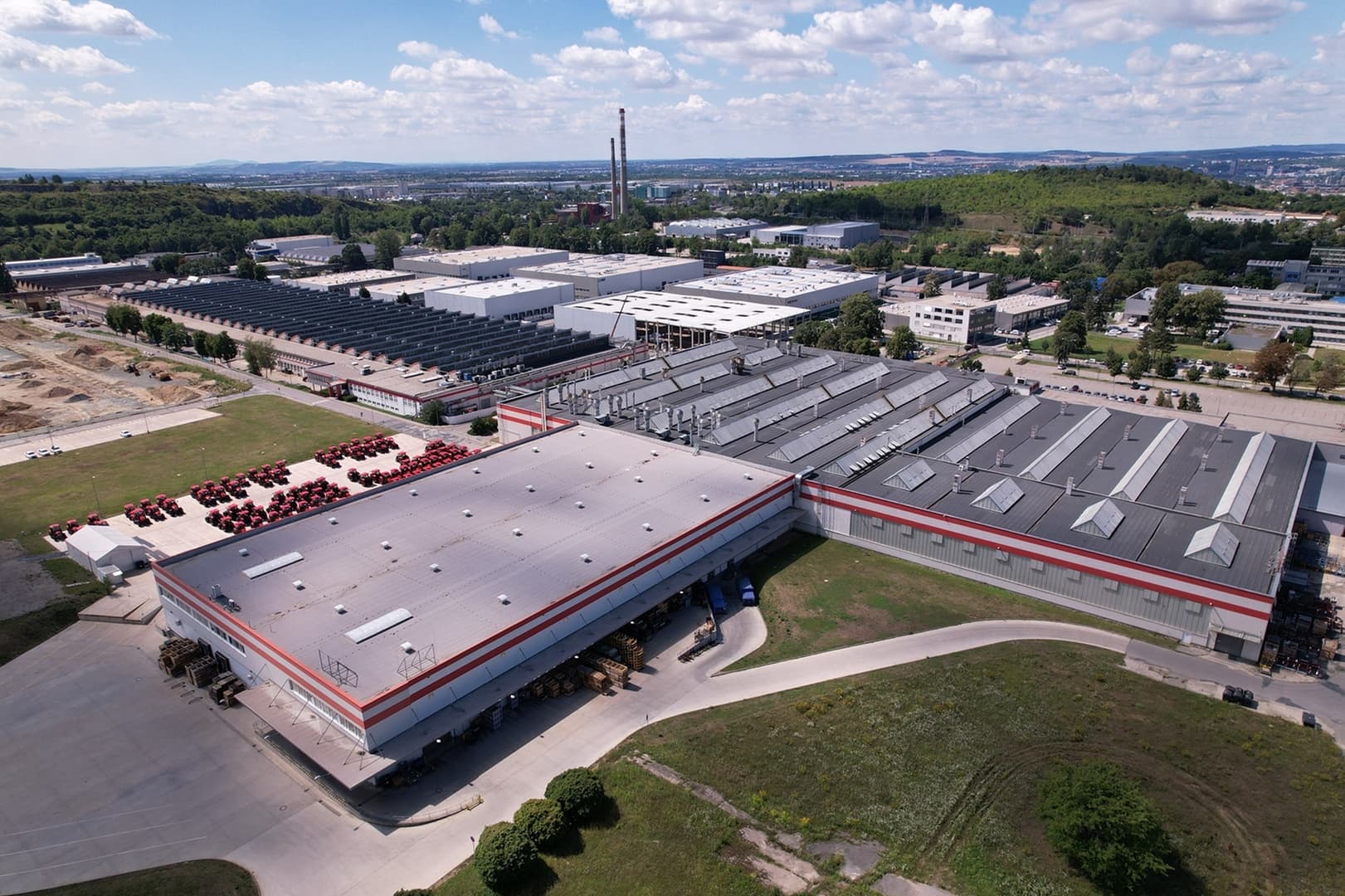
Czech logistics and manufacturing are increasingly running on solar power
Developers, tenants and owners of industrial and warehouse space in the Czech Republic are currently investing heavily in their own solar power plants. This trend reflects not only the progressive modernisation of the energy sector, but also the gradual move away from dependence on fossil fuels. Within this wave of innovation, we are also seeing extensive technological modifications being carried out in parallel on many buildings, aiming at an overall cut in energy consumption. One of the largest rooftop solar power plants to date is at the Urbanity Campus Tachov industrial park, with a reported installed capacity of 5 MW and an approximate annual production of more than 5,000 MWh of electricity.











